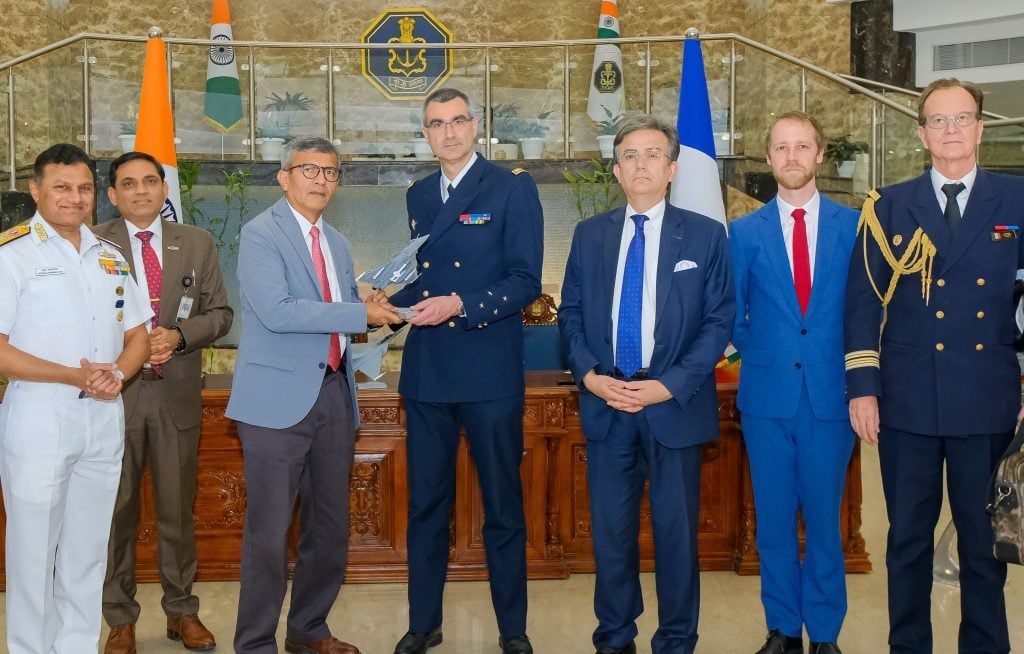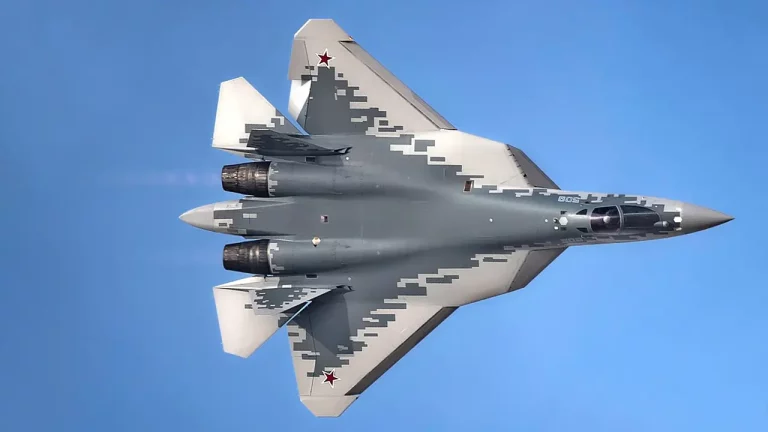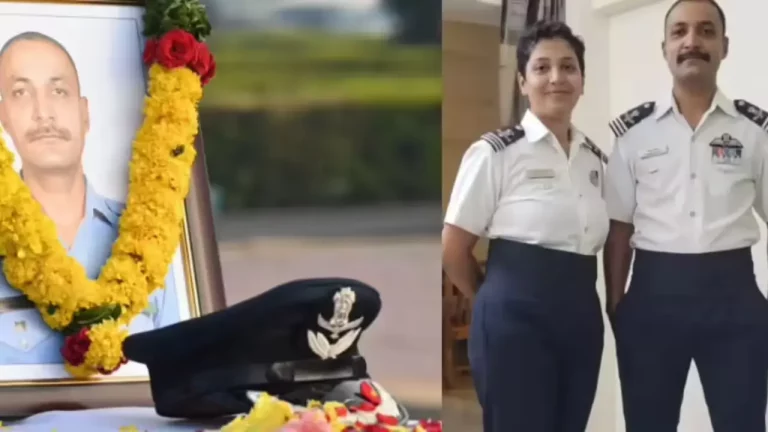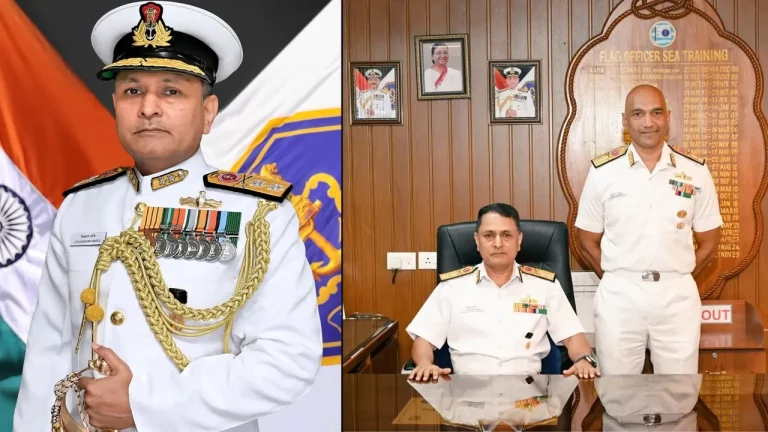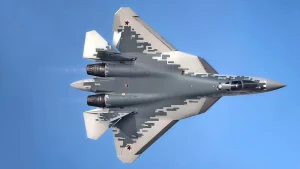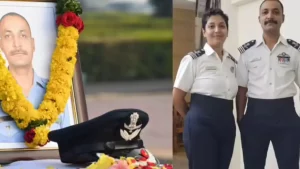In a landmark development for naval aviation, India and France have officially signed an Inter-Governmental Agreement (IGA) to procure 26 Rafale-M fighter jets, a deal valued at approximately ₹63,000 crore. The formal signing event took place at Nau Sena Bhawan, attended by Defence Secretary Rajesh Kumar Singh, Navy Vice Chief Vice Admiral Krishna Swaminathan, and French Ambassador to India Thoerry Mathou.
The agreement was executed remotely by the defence ministers of both nations, a decision made necessary due to the postponement of the French Defence Minister’s visit to India for personal reasons. Along with the IGA, various Government-to-Business contracts were also signed, marking a substantial step in enhancing bilateral defence cooperation.
Currently, the Indian Navy operates two primary aircraft carriers: the Russian-origin INS Vikramaditya and the domestically developed INS Vikrant, which was commissioned in September 2022. These carriers are primarily equipped with MiG-29K fighters, with 45 units procured from Russia. However, the aging fleet and concerns about their availability prompted the Navy to seek replacements. The original plan called for 54 jets, with Dassault’s Rafale-M and Boeing’s F/A-18 Super Hornet both in contention. Ultimately, the Rafale-M was selected as it met the required specifications, although the procurement was scaled down to 26 jets after the Defence Research and Development Organisation (DRDO) committed to developing an indigenous Twin Engine Deck-Based Fighter (TEDBF), leveraging insights gained from the Naval Light Combat Aircraft program.
A key aspect of this acquisition will be the integration of India’s indigenous Astra Beyond Visual Range (BVR) air-to-air missile onto the Rafale-M fighter jets, enhancing their combat capabilities significantly.
Officials have indicated that the first deliveries of the Rafale-M jets are anticipated approximately three and a half years post-signing of the contract, with the complete batch expected to be delivered within six and a half years. Among the 26 jets, 22 are single-seat carrier-capable aircraft, while the remaining four will be twin-seat trainers that are not intended for carrier operations.
India’s familiarity with Rafale aircraft stems from its earlier acquisition of 36 Rafale jets by the Indian Air Force, under a ₹60,000 crore deal signed in 2016.
Given the specific design features of Indian aircraft carriers, which utilize ski-jumps for takeoff and arrestor wires for landing, certain modifications will be necessary to adapt the Rafale-Ms. These adjustments will include modifications to the aircraft lifts aboard the carriers, originally designed to accommodate the larger MiG-29K fighters, to ensure seamless operation and movement of Rafales between the hangar and the flight deck.
